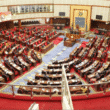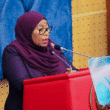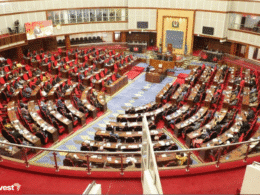The World Bank (WB) upgraded Tanzania’s country classification by income level from low income to lower-middle income in 2020-21.
The WB assigns the world’s economies to four income groups—low, lower-middle, upper-middle, and high-income countries, based on their GNI per capita in current USD.
Low income is defined as less than USD 1,036 in 2020 (USD 1,026 in 2019); Lower-middle income is between USD 1,036 and USD 4,045 (USD 1,026 – 3,995 in 2019); upper-middle income is between USD 4,046 – USD 12,535 (USD 3,996 – 12,375 in 2019); and high income is any higher than USD 12,535 (>USD12,375 in 2019).
The classifications are updated each year on July 1 and are based on GNI per capita of the previous year, thus the 2020 classification does not yet reflect the impact of COVID-19.
In this latest classification, the GNI per capita of Tanzania increased to USD 1,080 from USD 1,020 the previous year.
According to the Tanzania Development Vision 2025, the country would have graduated from a least-developed country to a middle-income country by that year.










